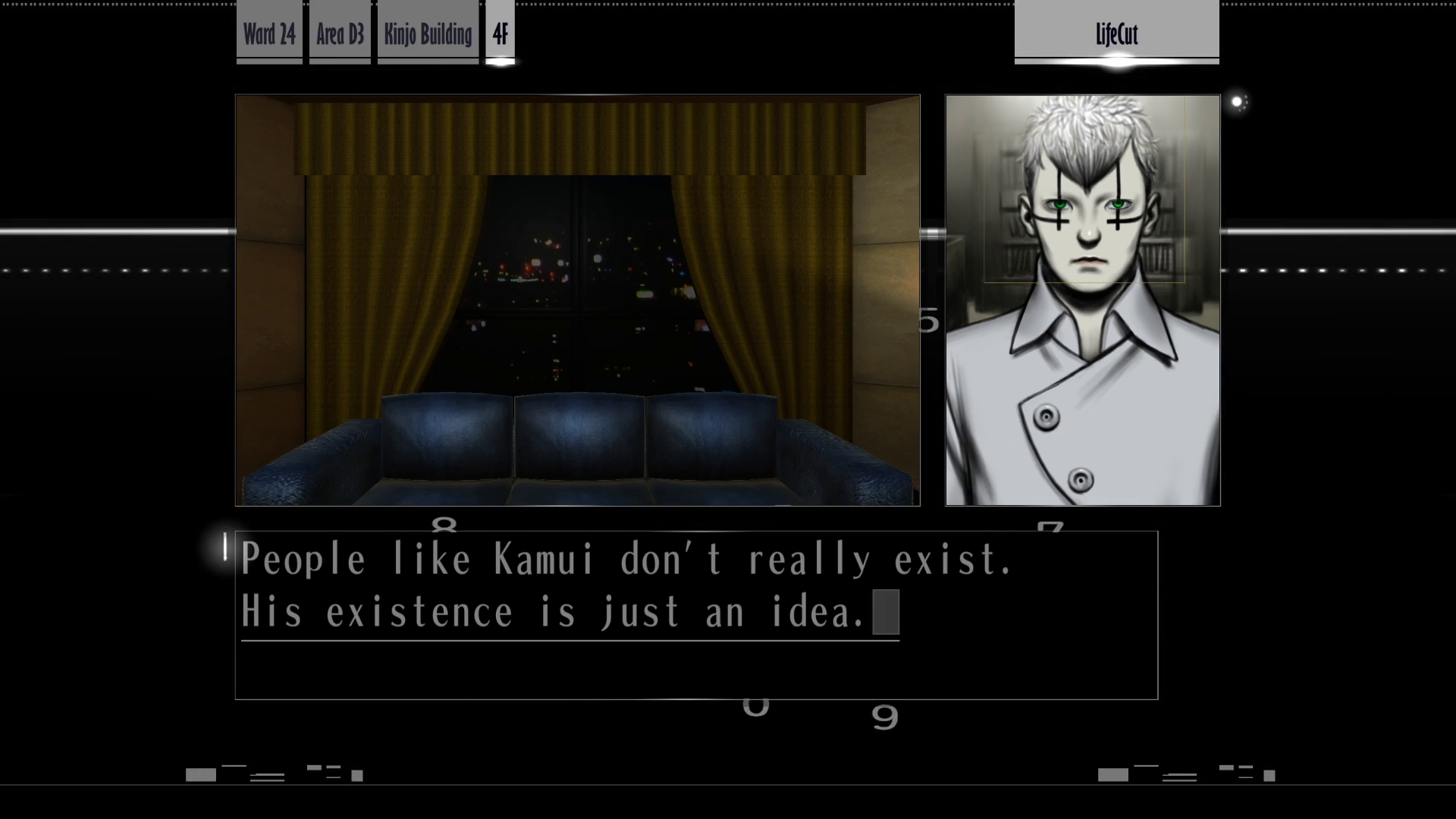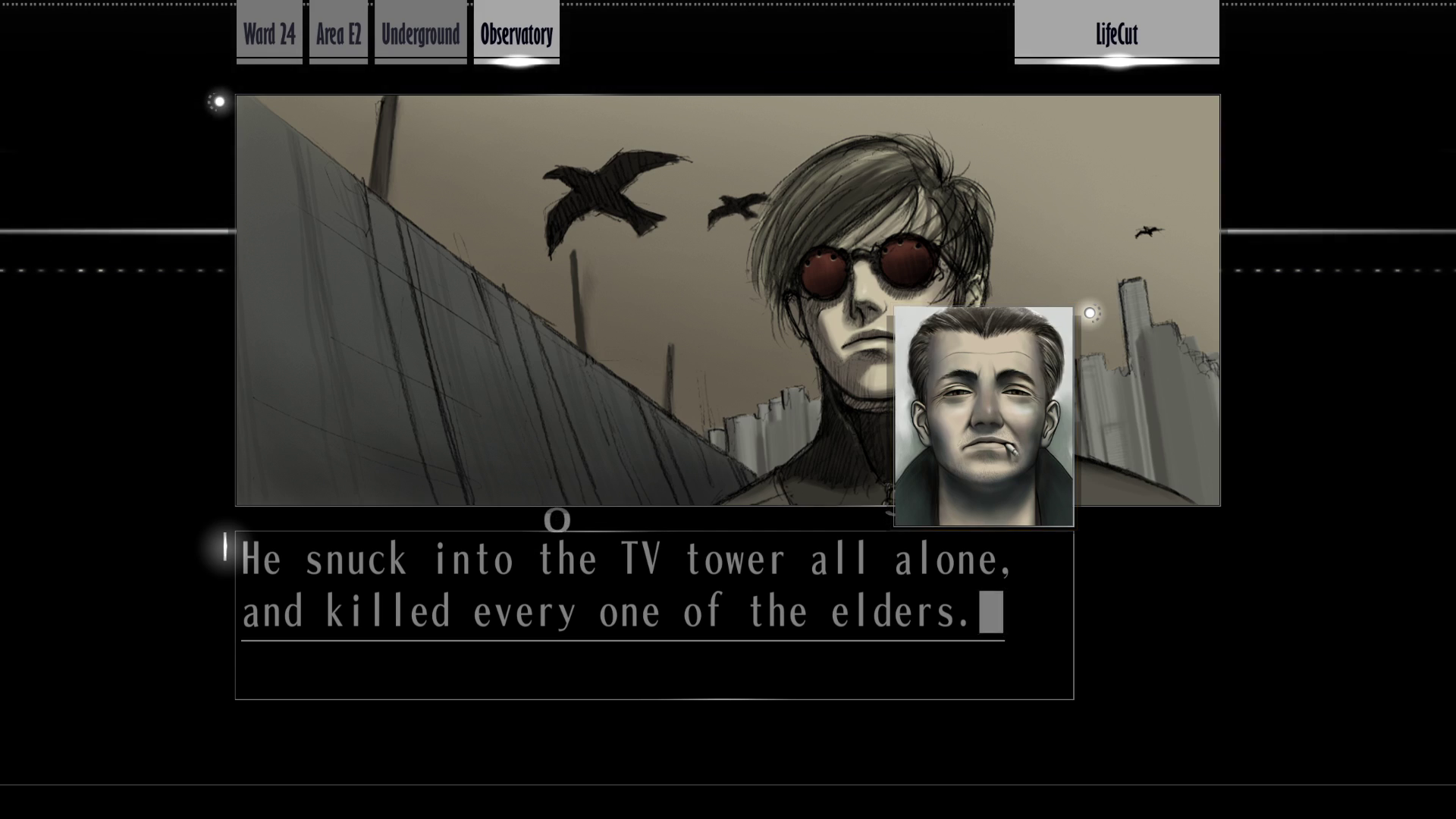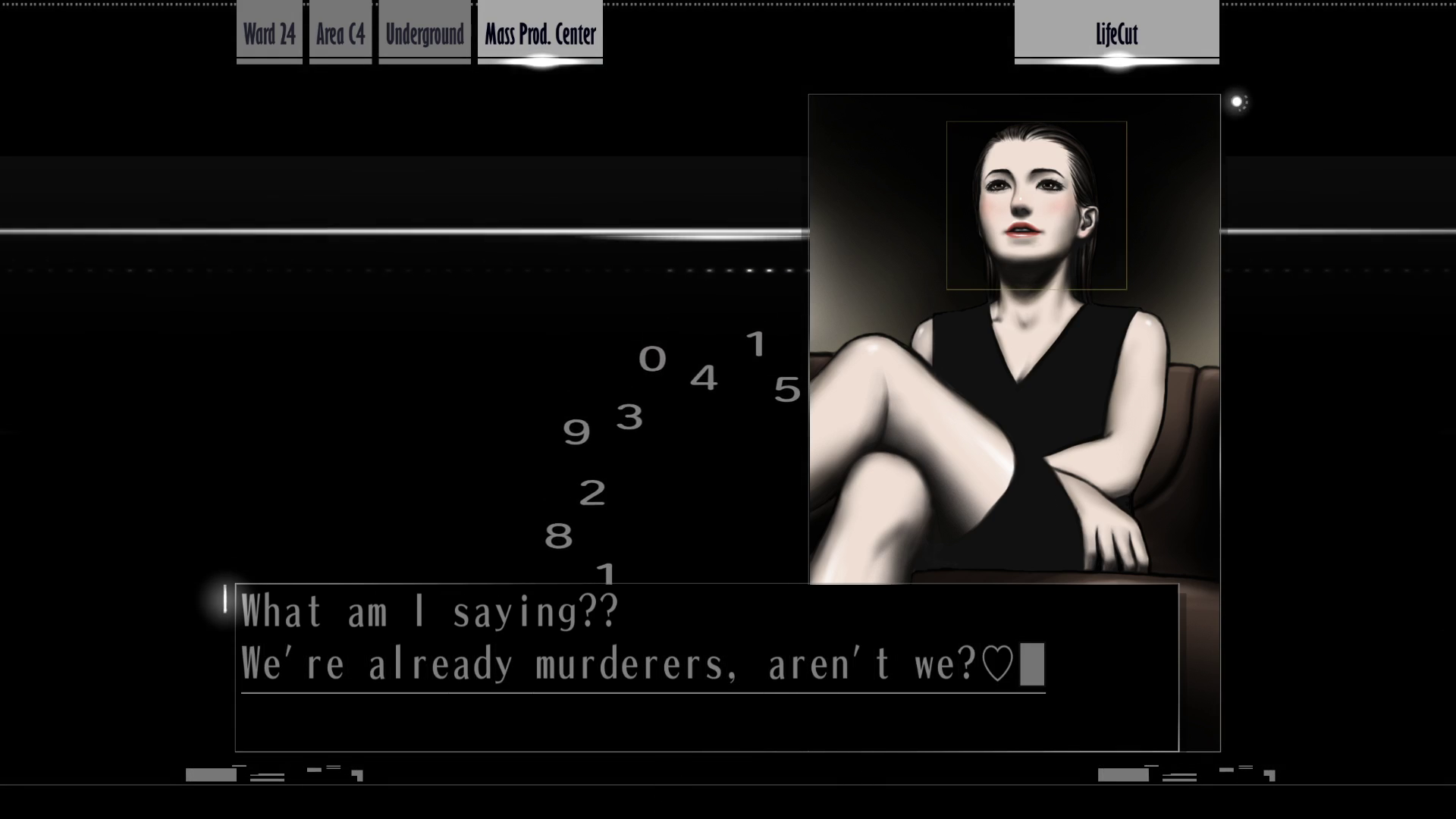
According to the “facts” Kinjo tells Akira, a higher tier of information than the misleading and incomplete “truth” on Kamui Net, Format Kamui is a fictional hitman the TRO and CCO invented as a cover for political assassinations their own agents were carrying out. The violence of this false Kamui culminates in the TRO/CCO alliance taking over Kanto, and so all of Japan, and defeating the FSO, which are underground. “People like Kamui don’t really exist,” Kinjo tells Akira. “His existence is just an idea.” Apparently under the leadership of Sundance Shot, the FSO “[make] this idea real” over twenty years as part of a plot to overthrow the TRO/CCO using the Shelter Kids Policy to create an army of Kamui “pawns” to serve them in the way the TRO/CCO claimed Format Kamui served them during the 1970s. Thus the name Format Kamui: he is the invented format personality for the automaton-like obedience the syndicates desire from the public.

But this version of events is also incomplete. On the TTV Tower lift, Kusabi reveals a still higher set of “facts” about Format Kamui than Kinjo. He denies part of Kinjo’s story: “The man known as [Uehara Kamui] was real.” According to this penultimate set of “facts” (they follow the reveal of the fourth Kamui, explained below, but are still lower “facts” than the fifth Kamui of “Danwa”), Format Kamui is a hitman the FSO hired in 1979 to eliminate the old men running the TRO/CCO. “He snuck into the TV tower all alone, and killed every one of the elders. A high-powered pistol in each hand… He just stood there, in a river of blood. And so, I shot and killed him.” Kusabi’s “facts” give Format Kamui pistols instead of the showy harpoon guns that appeal to the online youth. They also end with Kamui dead instead of incarcerated. However, in “Danwa,” when Kusabi reveals the highest “facts” to Akira, he indicates that this story is also false. Format Kamui is a fiction after all.

Format Kamui is the brainwashed, emotionless slave ELBOW invents, manufactures, and desires people to be. He is the basis of the Kamui Maspro and, by extension, the Ayame Maspro that allegedly increases authority’s control over his model. Not only a “truth” that authority uses to manipulate the young, Format Kamui physically exists among those tragic Shelter Kids who do become obedient “pawns” of the syndicates, namely the TRUMP agents and, up to the moment she asks Akira (or Sakura) to kill her, Chizuru. Take the Maspro pill… This is the path of neutralization and fascism.

Shimohira Ayame falls between the third Kamui and the Silver Case Kamui. She is a serial killer compelled to mutilate certain women, for the rather appallingly sexist and eugenicsy reason that Kamui’s semen fills her with a desire to eliminate competition against her genetic line, if Enzawa is to be believed, and for the more grounded reason of jealousy. But in doing so, she is also directing the programming of the syndicates in a way that she indicates to Tokio and Sumio she does not want to. Suda regards Shimohira with sympathy even as she threatens to kill Fujiwara’s children. Ooka gives her further opportunity to speak for herself and lament her fate: “By becoming pregnant with Kamui’s child, something inside me snapped. All of the emotions that had been pushed back and bottled up, exploded. There was nothing I could do. […] I wish I could’ve been raised like some sort of pitiful flower. Not a day goes by that I don’t think that.”